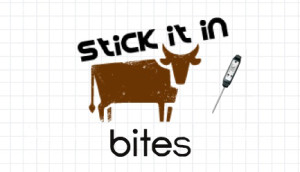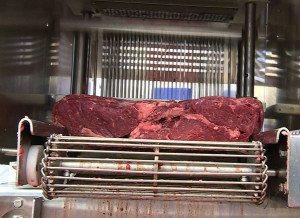And why just pick on the Brits. Misuse of science by allegedly science-based agencies is rampant, owing to personal and political preferences.
 According to the New South Wales Food Authority (that’s the state where Sydney is located, that’s in Australia), “Science plays an important role in everything we do here and as this week marks National Science Week across Australia, our scientists are getting in on the action and inviting you to learn about the important role science plays in food safety and protecting you from food poisoning.”
According to the New South Wales Food Authority (that’s the state where Sydney is located, that’s in Australia), “Science plays an important role in everything we do here and as this week marks National Science Week across Australia, our scientists are getting in on the action and inviting you to learn about the important role science plays in food safety and protecting you from food poisoning.”
Chief Scientist Dr Lisa Szabo was online yesterday from 1pm to 2pm to bust some food furphies and give you the low down on any food safety myths (who writes this stuff?).
In response to a question, Dr. Liz wrote, “You’re right when you say sprouts are healthy, they are a great choice. Just be sure to wash them thoroughly as they can be contaminated as seeds as well as during growth and processing with bacteria such as E.coli, Listeria, and Salmonella.
“If you’re under 5, over 70, are pregnant or already have a low or compromised immune system its better to be safe than sorry and avoid any type of raw or lightly cooked sprouts.”
Nonsense.
You ain’t gonna wash bacteria off sprouts, especially if they are internalized in seed.
Raw sprouts are one of the few foods I won’t eat, yet they are ubiquitous in Australia.
 Erdozain, M.S., Allen, K.J., Morley, K.A. and Powell, D.A. 2012. Failures in sprouts-related risk communication. Food Control. 10.1016/j.foodcont.2012.08.022
Erdozain, M.S., Allen, K.J., Morley, K.A. and Powell, D.A. 2012. Failures in sprouts-related risk communication. Food Control. 10.1016/j.foodcont.2012.08.022
http://www.sciencedirect.com/science/article/pii/S0956713512004707?v=s5
Nutritional and perceived health benefits have contributed to the increasing popularity of raw sprouted seed products. In the past two decades, sprouted seeds have been a recurring food safety concern, with at least 55 documented foodborne outbreaks affecting more than 15,000 people. A compilation of selected publications was used to yield an analysis of the evolving safety and risk communication related to raw sprouts, including microbiological safety, efforts to improve production practices, and effectiveness of communication prior to, during, and after sprout-related outbreaks. Scientific investigation and media coverage of sprout-related outbreaks has led to improved production guidelines and public health enforcement actions, yet continued outbreaks call into question the effectiveness of risk management strategies and producer compliance. Raw sprouts remain a high-risk product and avoidance or thorough cooking are the only ways that consumers can reduce risk; even thorough cooking messages fail to acknowledge the risk of cross-contamination. Risk communication messages have been inconsistent over time with Canadian and U.S. governments finally aligning their messages in the past five years, telling consumers to avoid sprouts. Yet consumer and industry awareness of risk remains low. To minimize health risks linked to the consumption of sprout products, local and national public health agencies, restaurants, retailers and producers need validated, consistent and repeated risk messaging through a variety of sources.










